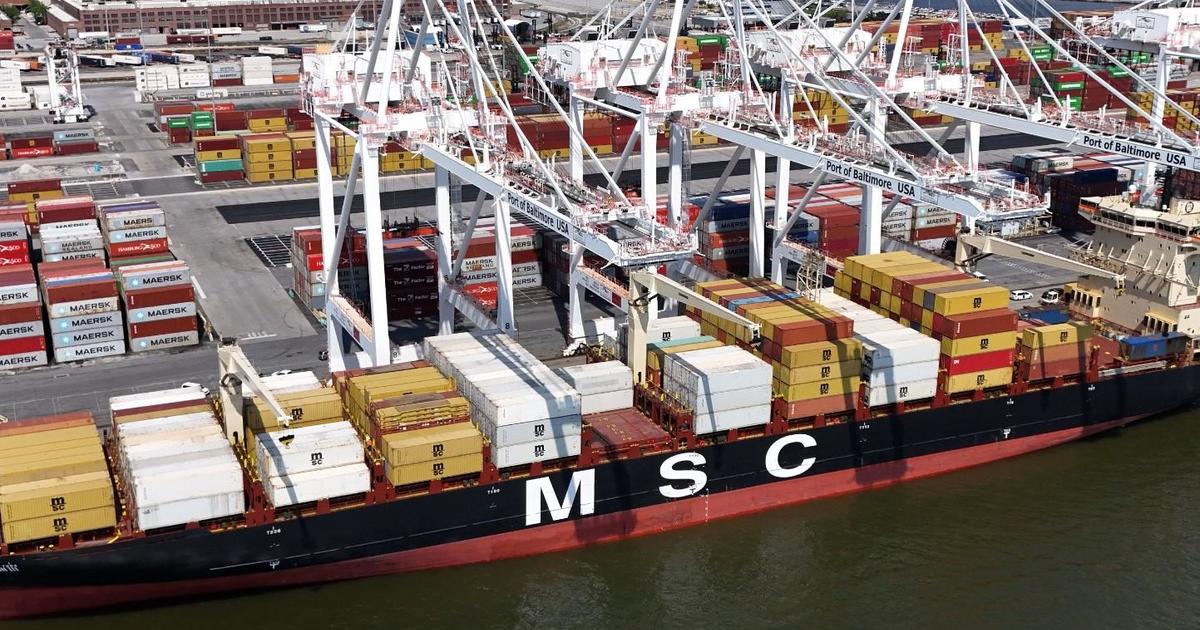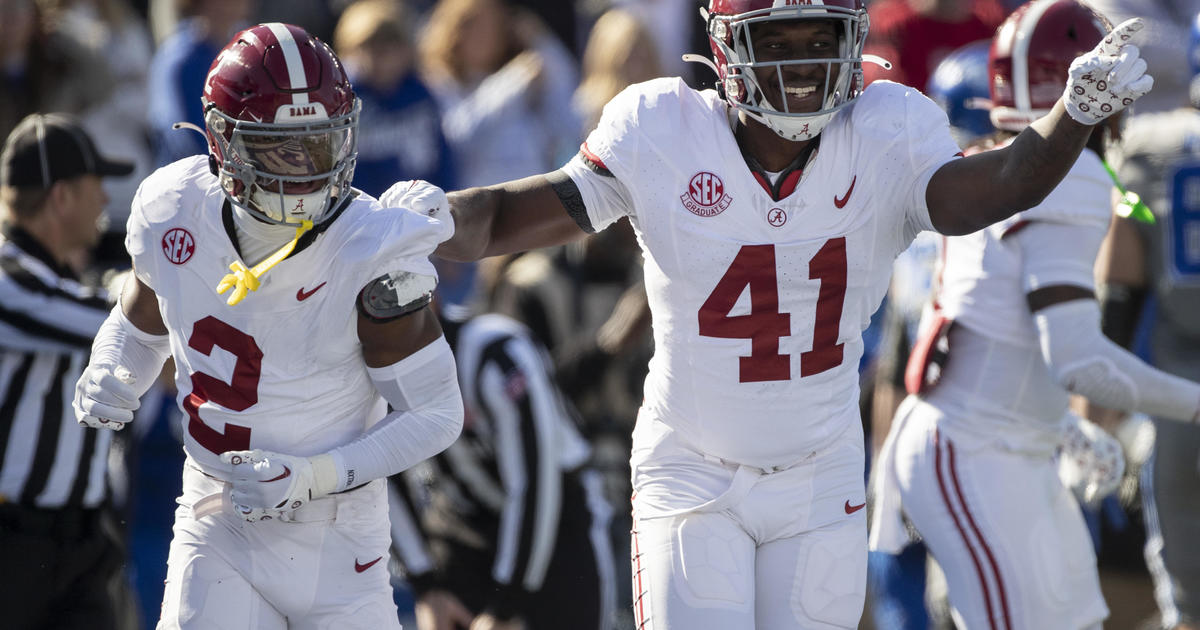BLOG: Grand Prix Review
I went into it as a spectator, taking in three days of racing and entertainment in the inaugural Baltimore Grand Prix over the Labor Day weekend. I left the microphone and camera aside and experienced the event as a citizen and resident of South Baltimore -- just to get a read on what it all looked and felt like, and what it all could mean.
From the breathtaking sight of cars rocketing at 180 miles per hour eastward down Pratt Street, the ear-splitting roar of the engines, the smell of burning rubber and ethanol fuel, the racing itself was sheer spectacle. And what made it spectacular was that it was happening on the streets of Baltimore. I kept thinking: the people who dreamt this have really made it happen. After so much talk, debate, angst and promotion, here it all was actually unfolding, and not until you see it, feel it, smell it can you really describe its impact.
One of the event's dreamers is organizer Jay Davidson. I ran into him as the events of the second day of racing were wrapping up. I asked him his thoughts and the smile on his face said it all; he was clearly proud. "Look at all these people," Davidson said. "Just look at them. This is what makes this great." (Unofficial crowd estimates for the three days were that 150,000 fans attended).
No doubt, the people are what make the event and I talked to a number of spectators over the three days. I got the sense that there may have been more from out-of-town than in-town. Baltimore is known to clear out on Labor Day weekend with the populace flocking to the Eastern Shore and other destinations for a final summer vacation. While many did that, many others from out-of-town filed in for the racing. I talked to a couple of northern Baltimore County families that used the light rail system to get downtown (which they had never done prior) and they said the commute was better than expected. I talked to a couple of families that brought young children and they said the kids were thrilled (but at times overcome by the loud noise).
Speaking of sounds, another part of the weekend attraction was the entertainment with a full slate of concerts over the three days. I stood amongst the crowd while Collective Soul played Saturday night during what could only be described as an ideal Baltimore evening (clear skies, no summer humidity) and the music seemed a perfect nightcap to a long day of racing/entertainment.
On Sunday, a band played while the main IndyCar race was going on- and that musical act was lost in the noise and attention to the cars racing nearby.
Australian driver Will Power won the inaugural Baltimore Grand Prix and in his victory speech he was very complimentary of the first-time event. "They put on the best race we have had all year, really impressed, really impressed," Power said.
I taped the live television coverage of the race and watched it back. The Versus channel gave Baltimore a "Chamber of Commerce" presentation with sweeping panoramic shots of the city and the Inner Harbor and compliments about how the city embraced the event. On a brilliantly sunny September day, our city looked spectacular in HD. The drivers who navigated the city course had some misgivings about the roughness of the streets and the tightness of some of the turns, but overall they spoke of their role as drivers to meet the challenges the roads presented. All spoke well of Baltimore and the success of the first-time event.
Which leads to the follow-up: are we looking forward to a second, third, fourth and fifth time for the Baltimore Grand Prix? Is it worth the time, effort, and most importantly, is it worth the expense? In due time, the expenses and incomes will be added up and the bottom line will provide an answer. Organizers and the city said they expected to lose money in the early going, but the eventual benefit would be an estimated $65 million dollars in the black.
I spoke with one of the race investors (off the record) who was certainly pleased with the inaugural event, but staunch in the belief that better organization and deal-making power are necessary for the sustainability of the Baltimore Grand Prix. I was given examples of how deals with the Baltimore Convention Center, Camden Yards and the Baltimore City government were too one-sided in limiting the profitability of the event. I was told that stronger leadership (including stronger political/business connections in Baltimore) is needed to really make the event take off. Again, this was the point of view of an investor.
The financial viability of the Grand Prix is indeed what matters most, especially in these economic times. Gone, I believe, are the days were we "just do it" because it's good for prestige and morale. No, bottom lines can't be ignored any more. From what I saw and what I've learned the bottom line could support this event for some time. From what I experienced as a spectator and Baltimore resident, I would welcome it as an annual celebration of our city.
posted by Mark Viviano



